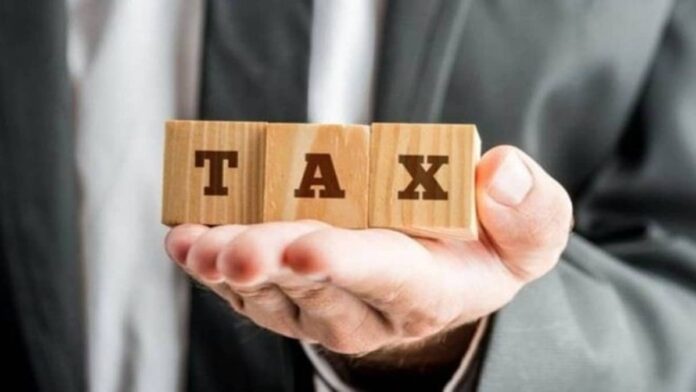In the coming years, India’s fiscal strategy must focus on enhancing tax buoyancy, prudent expenditure management, and structural reforms to ensure sustainable growth, said EY in a report.
According to DK Srivastava, chief policy advisor, EY India, for India to achieve a medium-term growth trajectory of 6.5-7.0% and realize its ‘Viksit Bharat’ vision, it must ensure tax buoyancy remains in the 1.2-1.5 range. “This would help create the necessary fiscal room to accelerate infrastructure expansion, enhance social sector spending, and maintain fiscal discipline,” he said.
ALSO READClaimed 87A tax rebate for capital gains? Income-Tax Dept sending demand notices
“A well-structured roadmap for fiscal consolidation will be essential in achieving the FRBM-consistent 40% debt-GDP target by FY35 while fostering a robust and inclusive economic environment,” said Srivastava.
The EY report further said that with global uncertainties and domestic economic shifts, maintaining an optimal balance between fiscal consolidation and growth imperatives will be crucial.
The Central government will need to strengthen revenue mobilization, particularly by increasing the tax-to-GDP ratio from the estimated 12.0% in FY26 (Budget estimates) to 14.0% by FY31. “This would create fiscal space for critical infrastructure development, social sector investments, and green growth initiatives,” said the report.
On the FY26 Budget, the report said it aims to boost economic activity by increasing consumer spending while continuing strong infrastructure investments. By revising personal income tax rates and adjusting customs duties, the government is putting more money in households’ pockets—sacrificing about Rs 1 lakh crore in revenue to drive consumption, it said.
ALSO READDisputed, unrealised tax a bane
The Rs 1 lakh crore of additional disposable income through tax relief is expected to generate a multiplier effect, boosting aggregate demand. “This approach results in a slight moderation of tax revenue growth, with the personal income tax buoyancy moving from 2.09 in FY25 (Revised Estimates) to 1.42 in FY26 (Budget Estimates),” said the report.
Over the past three years, the gross tax revenue buoyancy has gently moderated—from 1.4 in FY24 to 1.15 in FY25 (RE) and projected to be 1.07 in FY26 (BE), the report noted.
» Read More


